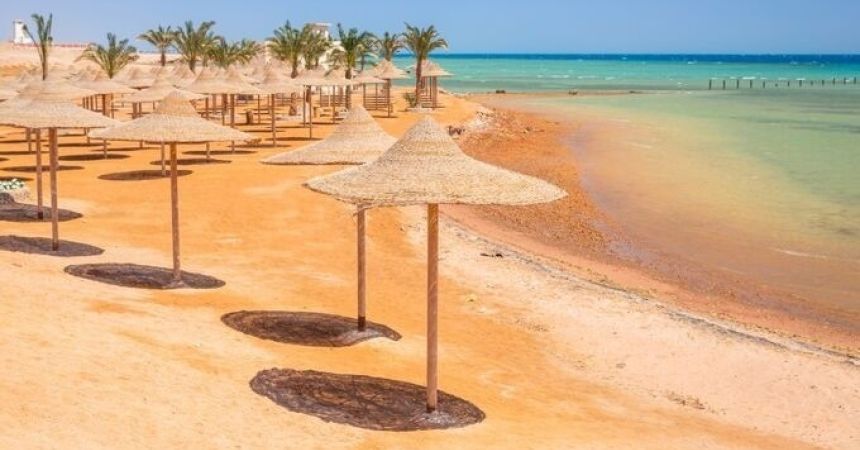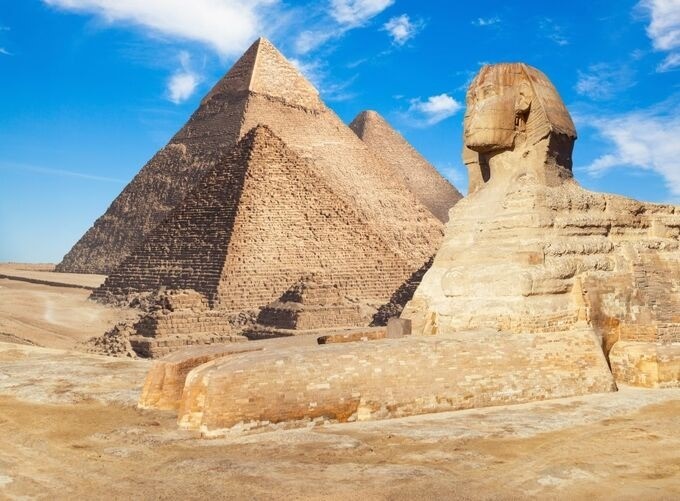
Egypt Weather in March: An Extensive Guide
March in Egypt marks the transition from winter to spring, offering travelers a blend of mild temperatures and diverse experiences. As one of the most pleasant times to visit, March is perfect for exploring Egypt’s historical landmarks, vibrant cities, and natural landscapes. This comprehensive guide will cover everything you need to know about Egypt’s weather in March, including regional variations, travel tips, and activities to make the most of your visit.
Overview of Egypt’s Climate
Egypt’s climate is predominantly desert, characterized by hot summers and mild winters. March, falling in the early spring, is a transitional month with increasingly warmer temperatures and generally dry conditions. This period is ideal for sightseeing and outdoor activities.
General Climate Trends
- Temperature: In March, temperatures gradually warm up. Daytime temperatures typically range from 18°C to 25°C (64°F to 77°F), while nighttime temperatures can vary from 10°C to 15°C (50°F to 59°F).
- Rainfall: Rainfall remains relatively low, though occasional showers are possible, especially in coastal areas.
- Humidity: Humidity levels are low, contributing to the overall comfortable weather conditions.
Regional Weather Insights
Cairo and the Nile Delta
Temperature: Cairo experiences mild to warm temperatures in March, ranging from 12°C to 24°C (54°F to 75°F). Days are comfortably warm, while nights are cooler but not excessively cold.
Rainfall: Rainfall in Cairo is infrequent but can occur as light showers. The likelihood of rain increases slightly compared to February.
What to Wear: Layered clothing is recommended to adjust to temperature changes between day and night. A light jacket or sweater will be useful for cooler evenings.
Activities: March is an excellent time to explore Cairo’s historic sites, including the Pyramids of Giza, the Sphinx, and the Egyptian Museum. The pleasant weather makes walking through bustling markets and historic neighborhoods more enjoyable.
Luxor and Aswan
Temperature: Luxor and Aswan enjoy warm temperatures in March, with a range of 15°C to 27°C (59°F to 81°F). Days are sunny and warm, while nights remain comfortably cool.
Rainfall: Rain is rare in southern Egypt. March remains largely dry, with very minimal precipitation.
What to Wear: Light, breathable clothing for daytime and a warmer layer for the cooler evenings. Sun protection, including a hat and sunscreen, is essential during the day.
Activities: March is perfect for visiting Luxor’s Valley of the Kings, Karnak Temple, and Luxor Temple. In Aswan, explore the Temple of Philae, the Nubian Museum, and enjoy a felucca ride on the Nile.
Red Sea Coast
Temperature: Cities like Hurghada and Sharm El Sheikh experience pleasant temperatures ranging from 17°C to 28°C (63°F to 82°F). The sea temperature is ideal for water activities.
Rainfall: Rainfall is infrequent along the Red Sea coast, making March a favorable time for beach and water activities.
What to Wear: Swimwear for daytime beach and water activities, and a light jacket for cooler evenings.
Activities: Enjoy diving, snorkeling, and relaxing on the beaches of the Red Sea. March’s moderate temperatures are perfect for outdoor exploration and water sports without the peak summer heat.
Sinai Peninsula
Temperature: In areas like St. Catherine and Mount Sinai, temperatures range from 8°C to 25°C (46°F to 77°F). The desert climate can lead to cool mornings and warm afternoons.

Rainfall: Rainfall is minimal, but occasional showers can occur.
What to Wear: Layered clothing, including warm layers for cold mornings and evenings. A warm jacket is advisable for cooler nights.
Activities: March is an ideal time for hiking Mount Sinai and visiting St. Catherine’s Monastery. The cooler temperatures are suitable for outdoor activities and exploring the region’s unique landscapes.
What to Expect: Monthly Highlights
Historical Sites
March’s mild and warming temperatures are perfect for exploring Egypt’s historical sites. The cooler weather compared to summer makes it more comfortable to visit landmarks such as the pyramids, temples, and tombs. The reduced crowd sizes during this period also enhance the overall experience.
Festivals and Events
- Spring Equinox: March 20th marks the Spring Equinox, a time when ancient Egyptian monuments align with the sun. Visiting historical sites like Abu Simbel can offer a unique perspective on these celestial events.
Travel Tips
- Health and Safety: Stay hydrated, protect yourself from the sun, and be cautious with street food. Although temperatures are pleasant, the sun can still be strong, especially during midday.
- Currency and Payment: The local currency is the Egyptian Pound (EGP). Credit cards are widely accepted in major cities and tourist areas, but having cash for smaller purchases and tips is advisable.
- Local Customs: Respect local customs and dress modestly, especially when visiting religious sites.
Planning Your Itinerary
Day 1-3: Cairo
- Explore the Pyramids of Giza, the Sphinx, and the Egyptian Museum.
- Visit Egypt's Islamic Cairo, including the Citadel of Saladin and Khan El Khalili Bazaar.
Day 4-6: Luxor
- Discover the Valley of the Kings, Karnak Temple, and Luxor Temple.
- Enjoy a felucca ride on the Nile and visit the Temple of Karnak.
Day 7-8: Aswan
- Visit the Temple of Philae, Abu Simbel, and the a tour to Nubian Museum.
- Take a relaxing felucca ride on the Nile.
Day 9-10: Red Sea Coast
- Relax on the beaches of Hurghada or Sharm El Sheikh.
- Engage in water activities such as diving and snorkeling.
Egyptian Holiday: Culture, Adventure, and Relaxation
March in Egypt offers a delightful climate for exploring the country’s diverse attractions. With mild temperatures and low rainfall, it is an ideal time for sightseeing and outdoor activities. Whether you’re wandering through Cairo’s ancient streets, discovering Luxor’s monumental treasures, or relaxing on the Red Sea’s pristine beaches, the pleasant weather enhances your travel experience.



